| | September and March are transition times in our Southern California gardens. We plant the last seeds and seedlings of the almost-finished season, and the first ones of the next. Because we never know exactly what the weather is going to be, we’re hedging our bets by this double planting. Whatever the weather ends up doing, one of those sets of seeds and seedlings will thrive and produce food and beauty for us to enjoy. Success either way! |

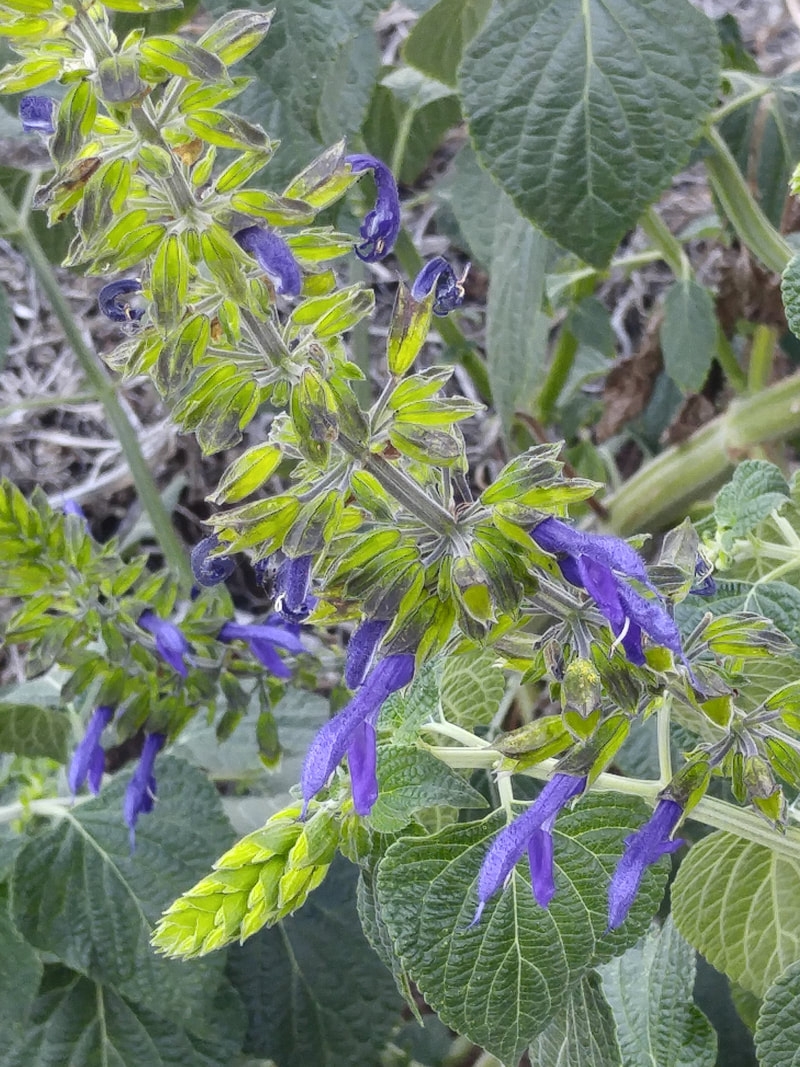
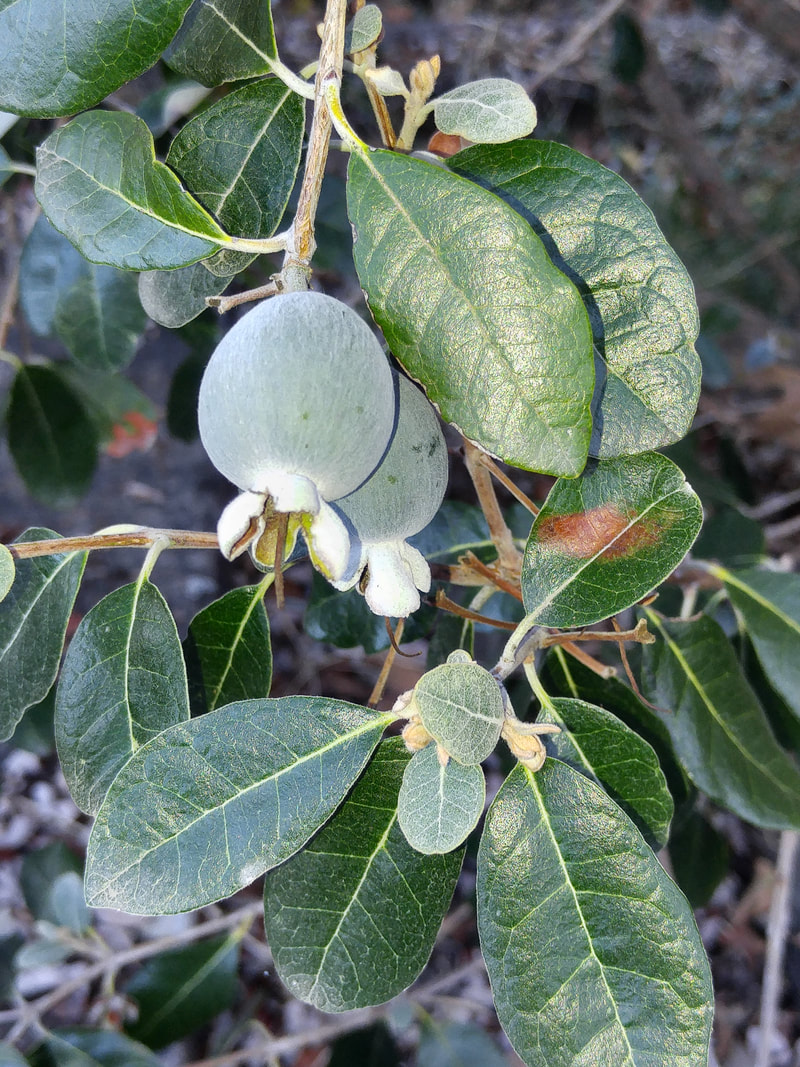
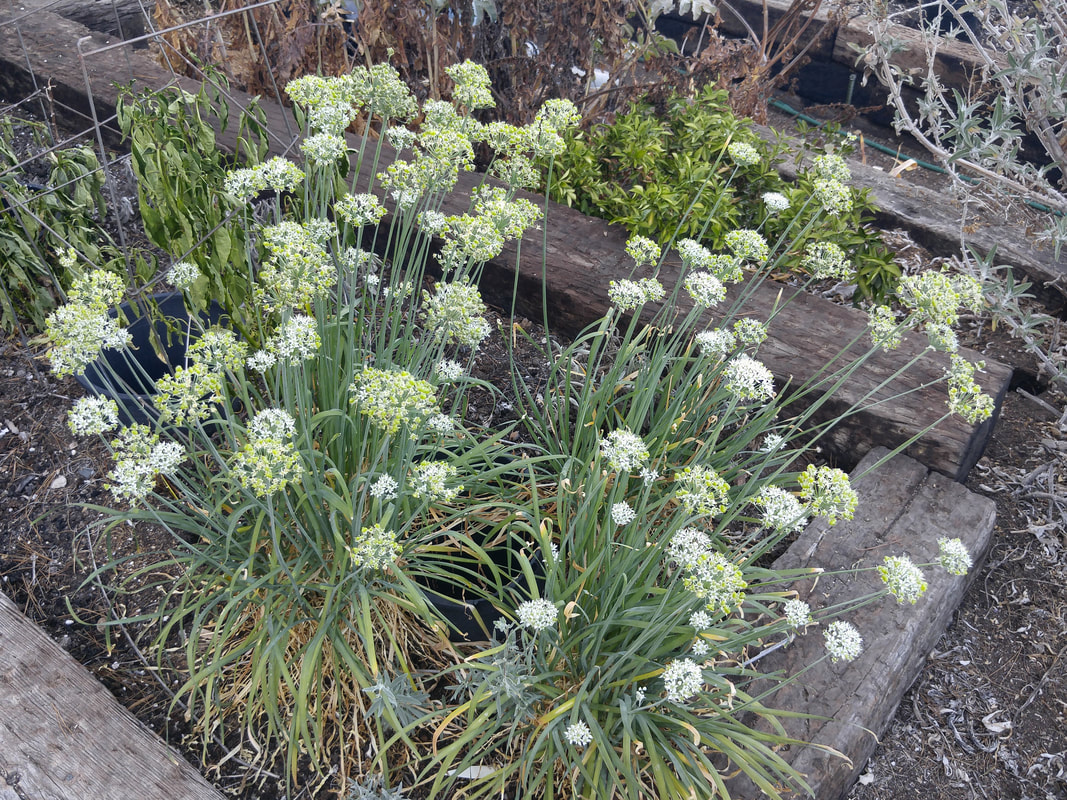
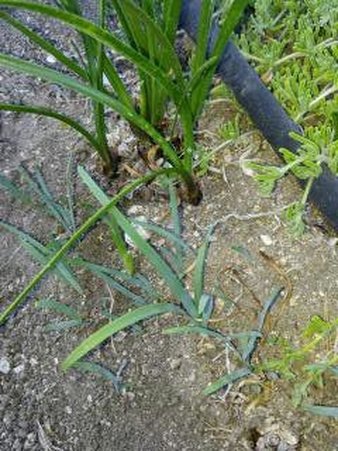
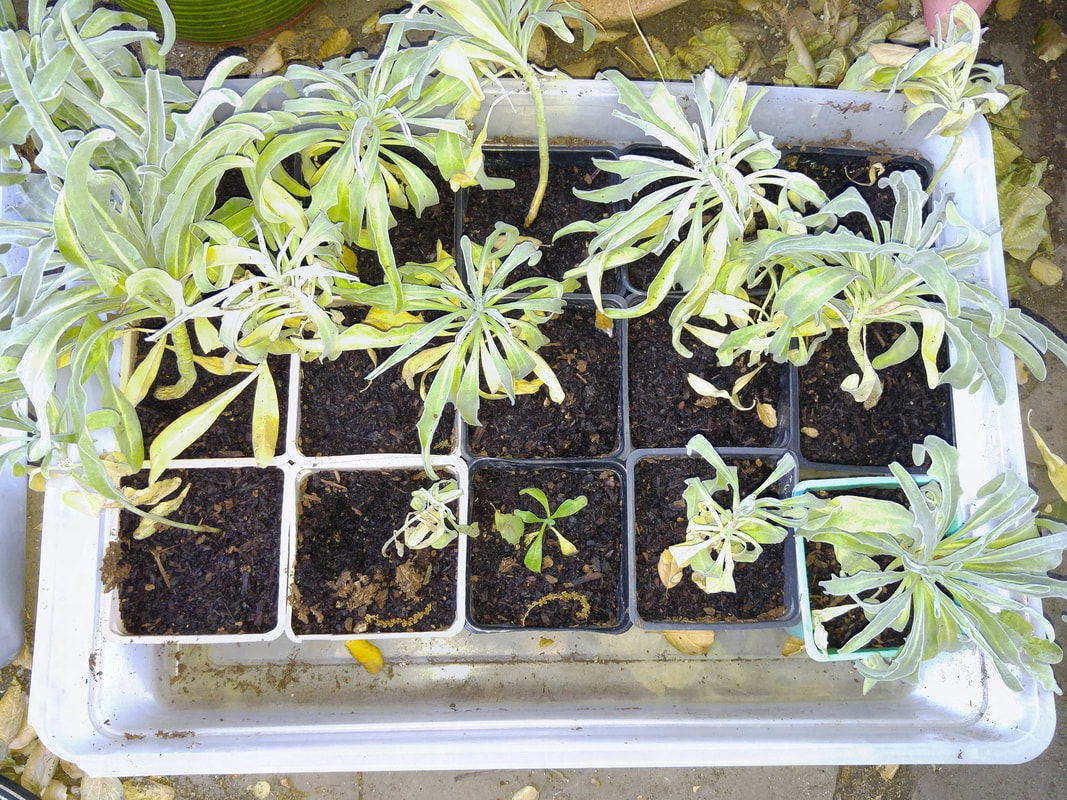
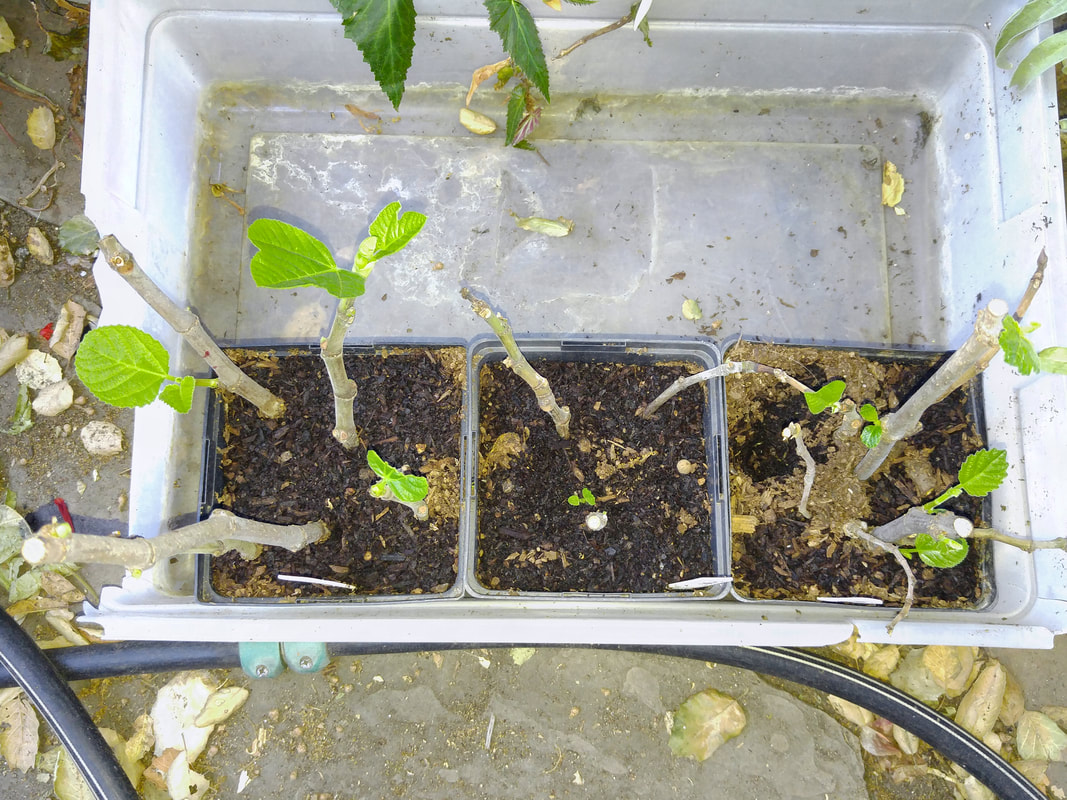
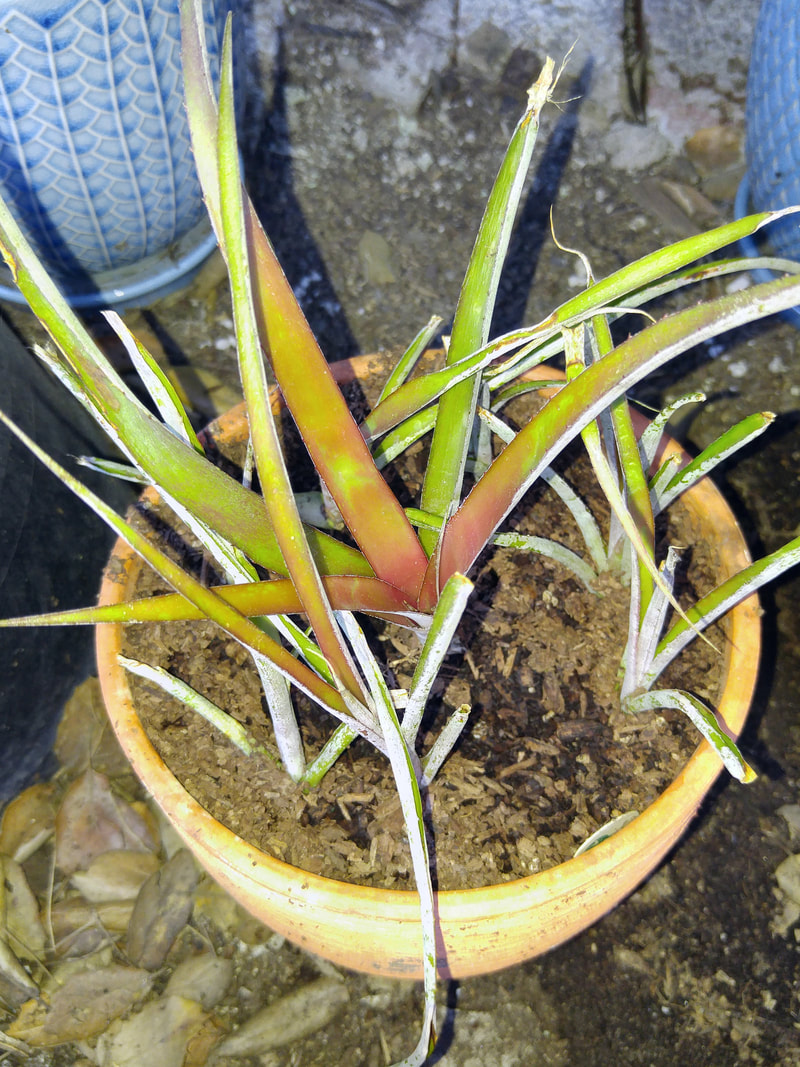
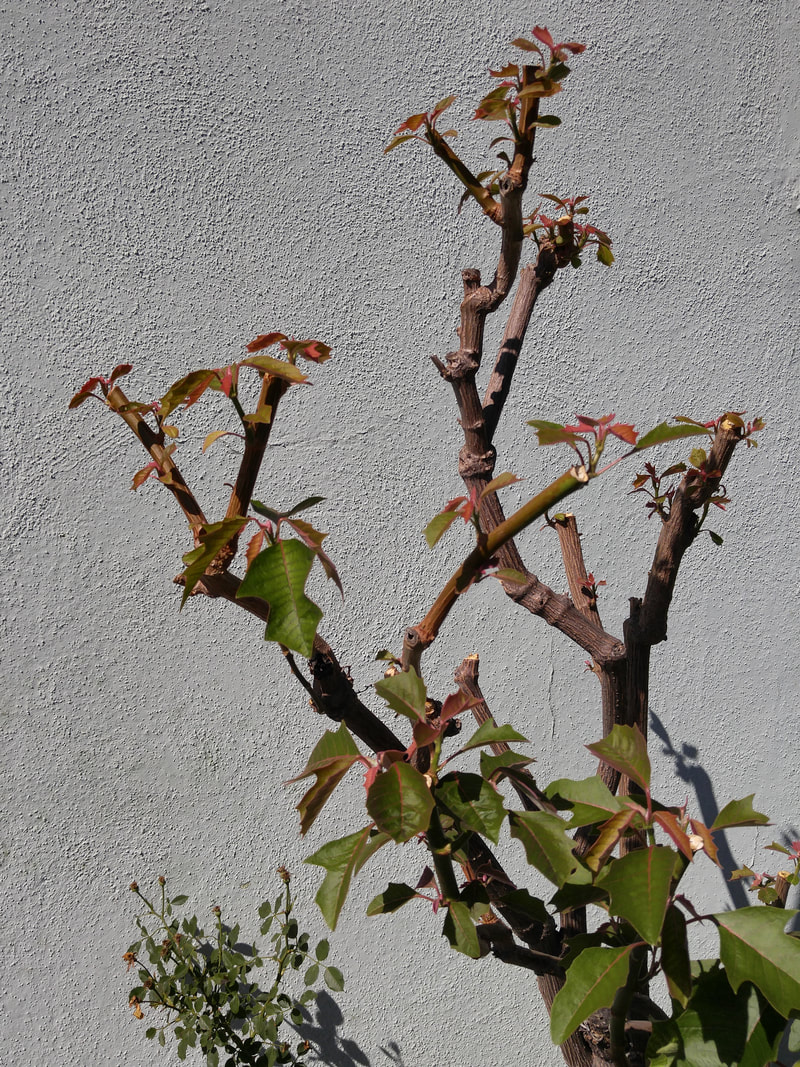
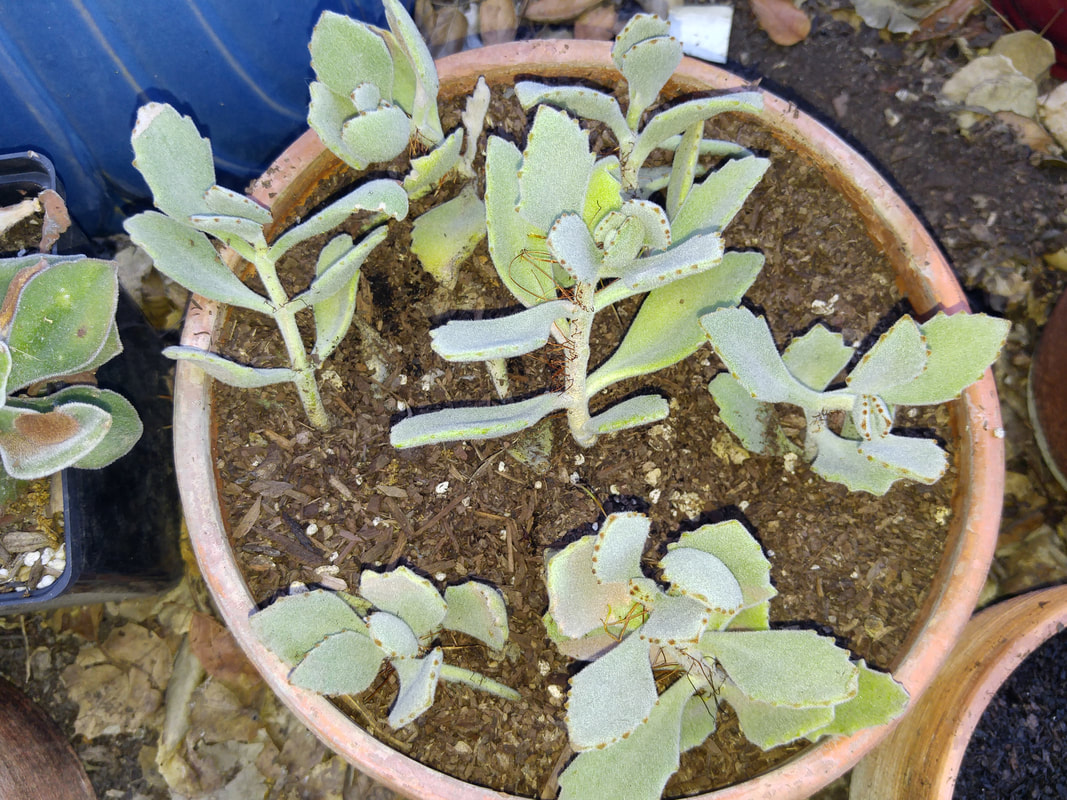
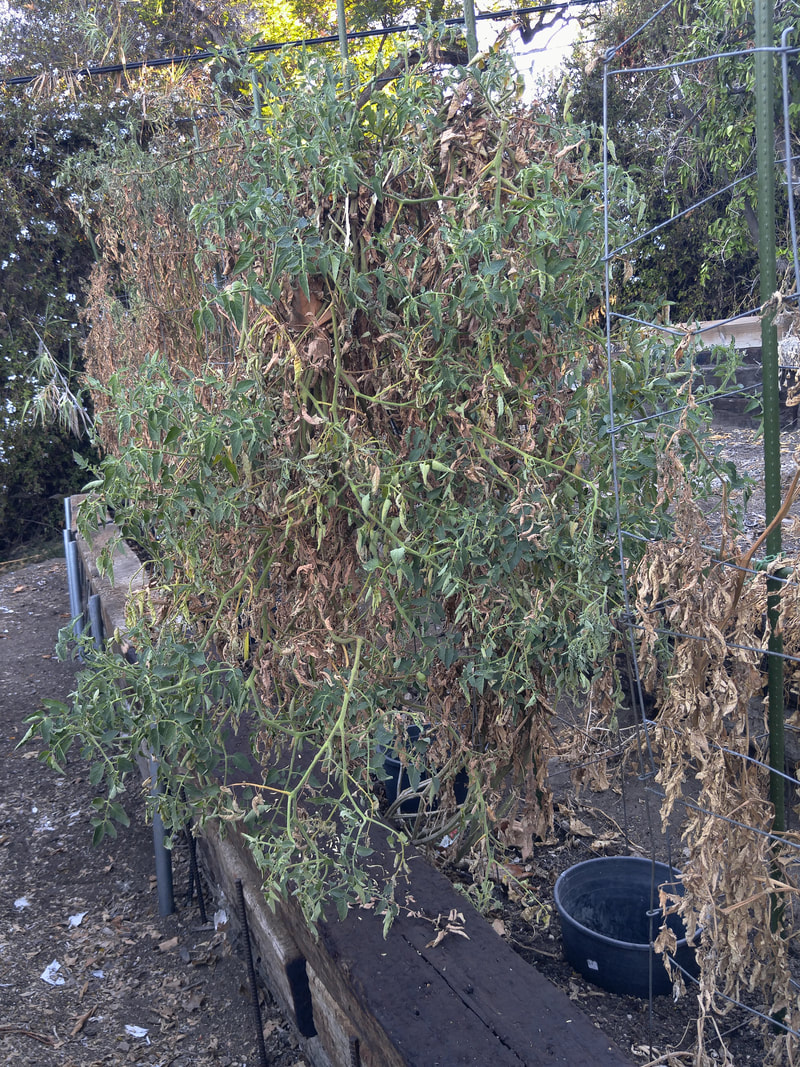
 RSS Feed
RSS Feed